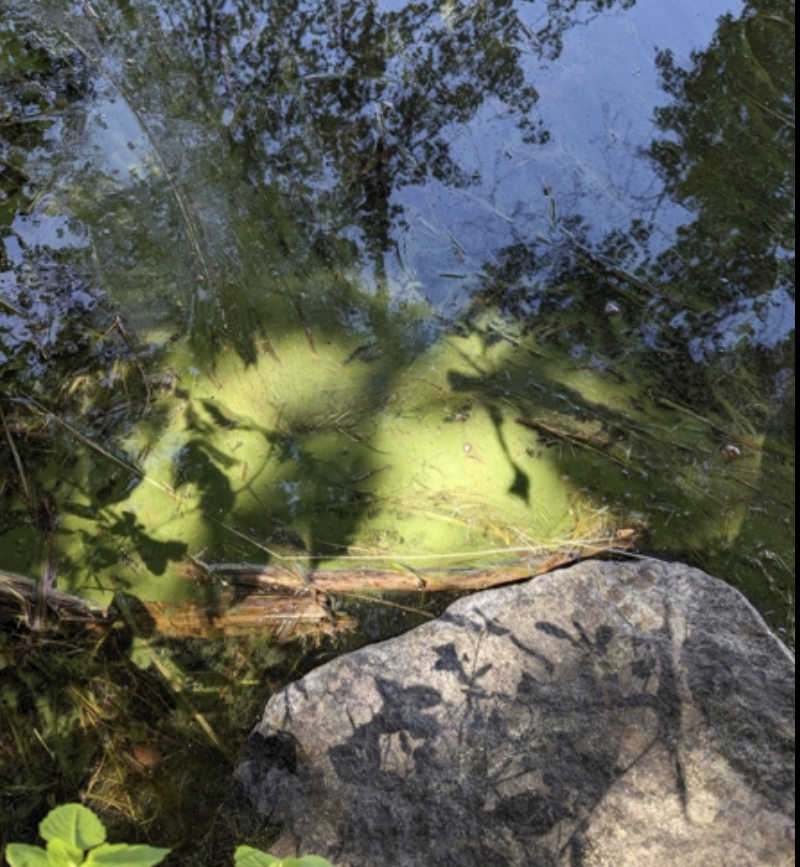Three Harmful Algae Blooms (HABs) Spotted In Lake George

Three confirmed harmful algal blooms (HABs) were spotted in three different bays on Lake George on September 12th: Basin Bay, Huddle Bay, and Oneida Bay. This is the first sighting of a HAB in the northern basin of the Lake.
The blooms in the Lake’s southern basin were discovered by researchers for The Jefferson Project, with the bloom near Hague being spotted by LGA Water Quality Research Manager, Brea Arvidson. Photos for all three were sent to NY’s Department of Environmental Conservation, which confirmed the sightings as HABs and put them on its NYHABS map.
The Jefferson Project is currently analyzing samples of the blooms for genome and toxins to determine the species, if it is toxic, and if it carries the gene for toxins. Results are expected in the last week of September. Previously occurring HABs in Lake George have not been toxic.
The Jefferson Project team will also analyze the data it collects on Lake George to help identify the cause of these blooms. What is immediately apparent: Two of the HABs showed up in the same vicinity as last year, but a month earlier than the confirmed October 26, 2022 blooms in Basin and Huddle bays.
The small but recurring number of HABs on Lake George is what prompted the LGA to start its AlgaeWatch community science program in 2022. AlgaeWatch volunteers monitor shoreline or near-shore areas around their homes, businesses, or other areas they frequent, documenting and reporting any algae growth they see to the LGA. This information helps the LGA track the extent of ongoing blooms, and guides the establishment of HAB sampling locations for The Jefferson Project.